Historic
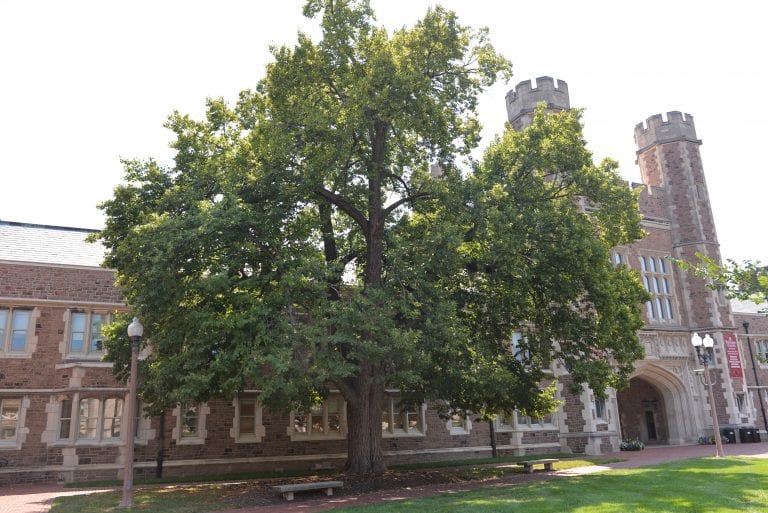
American Basswood (removed July 2023)
Arbor Walk #17, Treekeeper ID #1937
This is one of the oldest and largest trees on campus. It has large green leaves and small, sweetly scented flowers. Recently, efforts have been taken to preserve and continue on the genetic lineage of this tree whose history follows that of WashU's Danforth Campus.
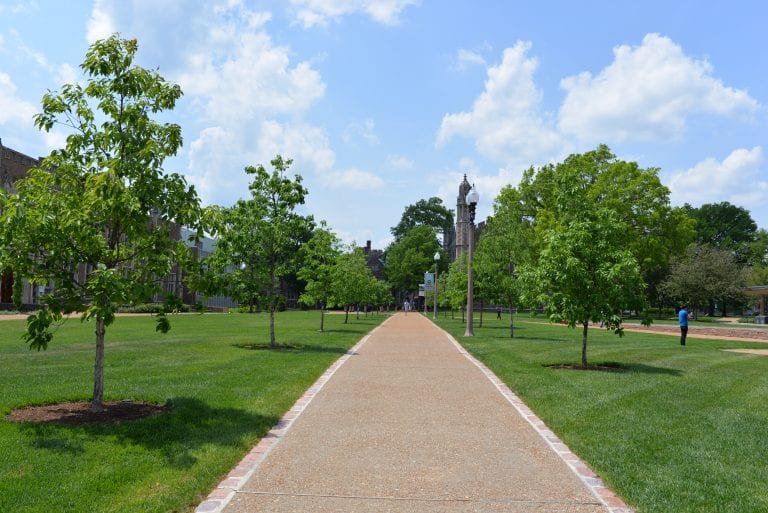
Chinkapin Oak
Arbor Walk #26, Treekeeper ID #1345
Native to the Midwest, the Chinkapin Oak can be easily recognized due to its small, toothed leaves. Unlike most oaks, the Chinkapin has unusually flaky and fissured bark.
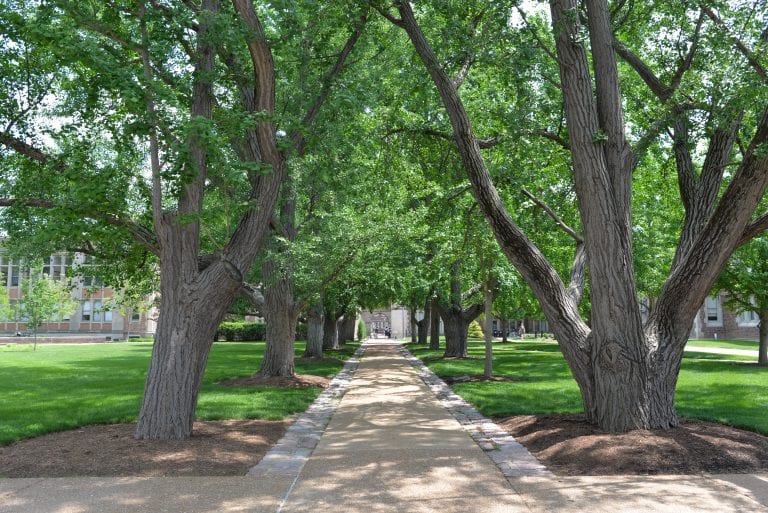
Ginkgo
Arbor walk #12, Treekeeper ID #1649
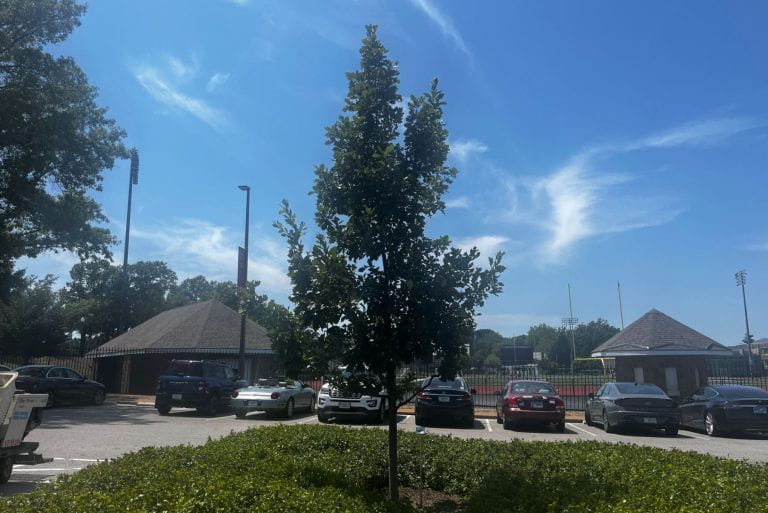
Hybrid Oak
Arbor Walk #125
The Heritage Oak is a hybrid between the English Oak (Quercus robur) and the Bur Oak (Quercus macrocarpa), two similar white oaks from different continents. These closely related species produce a sturdy, fast-growing oak with the large acorns of the Bur Oak and fall colors of the English Oak.
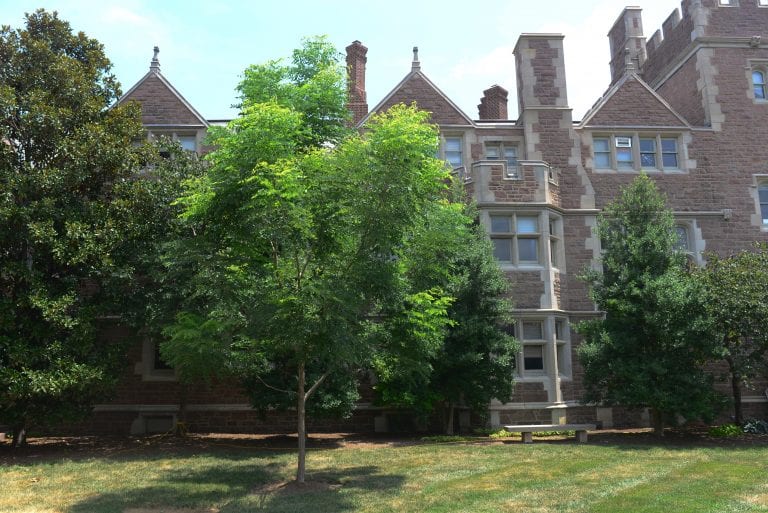
Kentucky Coffeetree
Arbor walk #7, Treekeeper ID #2253
This tree is a "seedless" variety of the native species. It is native to Missouri and the Midwest. Early settlers of Kentucky used the tree's seeds as a coffee substitute, hence its common name.
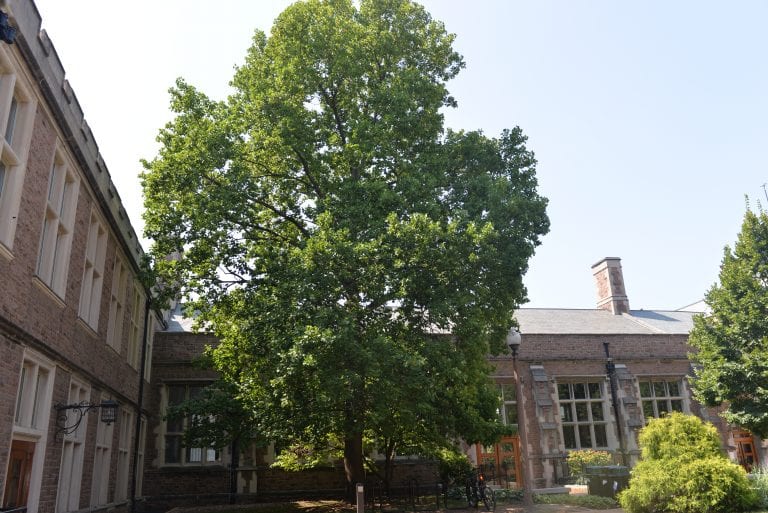
Tulip Poplar
Arbor Walk #13, Treekeeper ID #1888
This native tree’s common name comes from its flower that is shaped like a tulip. In 1991, WU was given this tree as a seedling. It was grown from seed taken from the original Tulip Trees planted by George Washington in 1785 at his Mount Vernon home.